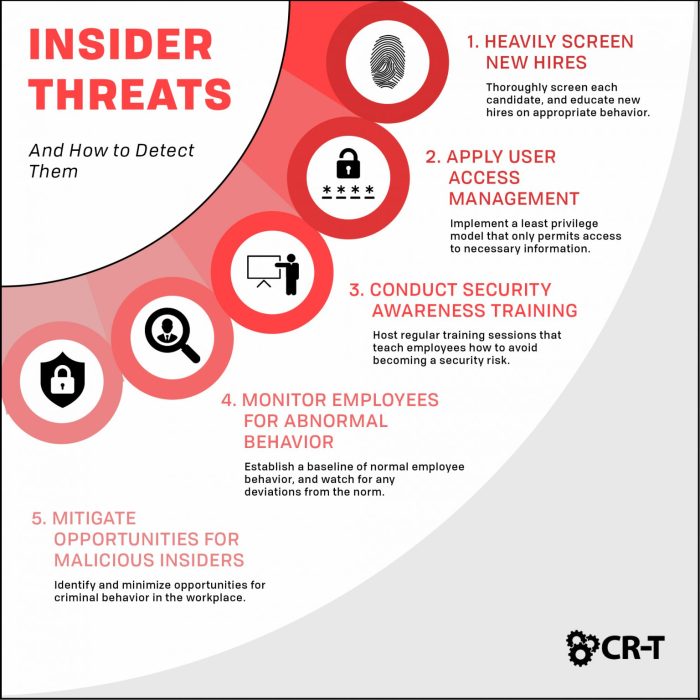Insider Threat Awareness Exam Answers 2022: As the cybersecurity landscape continues to evolve, insider threats have emerged as a significant concern for organizations of all sizes. To combat this growing threat, many organizations are now requiring their employees to take insider threat awareness training and exams.
This comprehensive guide will provide you with everything you need to know to pass the insider threat awareness exam, including an overview of the exam, exam topics, preparation tips, and answers to frequently asked questions.
The content of the second paragraph that provides descriptive and clear information about the topic
Introduction: Insider Threat Awareness Exam Answers 2022

Insider threat awareness refers to the understanding and recognition of the potential risks posed by individuals within an organization who have authorized access to its systems, networks, and data. In 2022, insider threats have become increasingly prevalent and sophisticated, making it crucial for organizations to enhance their awareness and implement effective measures to mitigate these risks.
Insider threats can have devastating consequences for organizations, including data breaches, financial losses, reputational damage, and operational disruptions. Therefore, it is essential for organizations to prioritize insider threat awareness and implement comprehensive security measures to protect their sensitive information and assets.
Types of Insider Threats

Insider threats can be categorized into three primary types:
- Malicious insidersare individuals who intentionally misuse their access to harm the organization or its interests. They may be motivated by personal grievances, financial gain, or ideological beliefs.
- Negligent insidersare individuals who unintentionally compromise the organization’s security through carelessness or lack of awareness. They may make mistakes such as sharing sensitive information with unauthorized individuals or failing to follow security protocols.
- Unwitting insidersare individuals who are unaware that they are being used by external attackers to compromise the organization’s security. They may be tricked into providing access to their credentials or systems through phishing attacks or social engineering techniques.
Common Insider Threat Techniques

Insider threats often employ various techniques to bypass security measures and compromise the organization’s systems. Some of the most common techniques include:
- Social engineeringinvolves manipulating individuals into revealing sensitive information or taking actions that compromise the organization’s security.
- Phishingis a technique where attackers send emails or messages that appear to come from legitimate sources, tricking recipients into providing their credentials or clicking on malicious links.
- Malwareis malicious software that can be installed on a user’s device, allowing attackers to gain remote access to the system and steal sensitive information.
- Password attacksinvolve using various methods to guess or crack user passwords, granting attackers access to unauthorized systems or data.
Insider Threat Detection and Prevention
To effectively mitigate insider threats, organizations must implement a combination of detection and prevention measures. These measures include:
- Monitoring user activityinvolves tracking and analyzing user behavior patterns to identify any suspicious or anomalous activities.
- Implementing security controlssuch as access controls, encryption, and intrusion detection systems can help prevent unauthorized access to sensitive information and systems.
- Conducting insider threat trainingeducates employees about the risks of insider threats and provides them with the knowledge and skills to recognize and report suspicious activities.
Insider Threat Response

When an insider threat is detected, organizations must have a comprehensive response plan in place. This plan should include the following steps:
- Investigating insider threatsinvolves gathering evidence, interviewing individuals, and analyzing system logs to determine the scope and impact of the threat.
- Mitigating insider threatsinvolves taking steps to contain the damage, prevent further compromise, and restore the organization’s security posture.
- Reporting insider threatsto law enforcement or regulatory authorities may be necessary in certain cases, especially if the threat involves criminal activity or poses a significant risk to the organization or public safety.
Common Queries
What is the purpose of the insider threat awareness exam?
The insider threat awareness exam is designed to test your knowledge of insider threats and how to prevent them.
What are the different types of insider threats?
There are three main types of insider threats: malicious insiders, negligent insiders, and unwitting insiders.
What are some common insider threat techniques?
Some common insider threat techniques include social engineering, phishing, malware, and password attacks.
How can I prepare for the insider threat awareness exam?
There are a number of ways to prepare for the insider threat awareness exam, including studying the exam topics, taking practice exams, and attending insider threat awareness training.